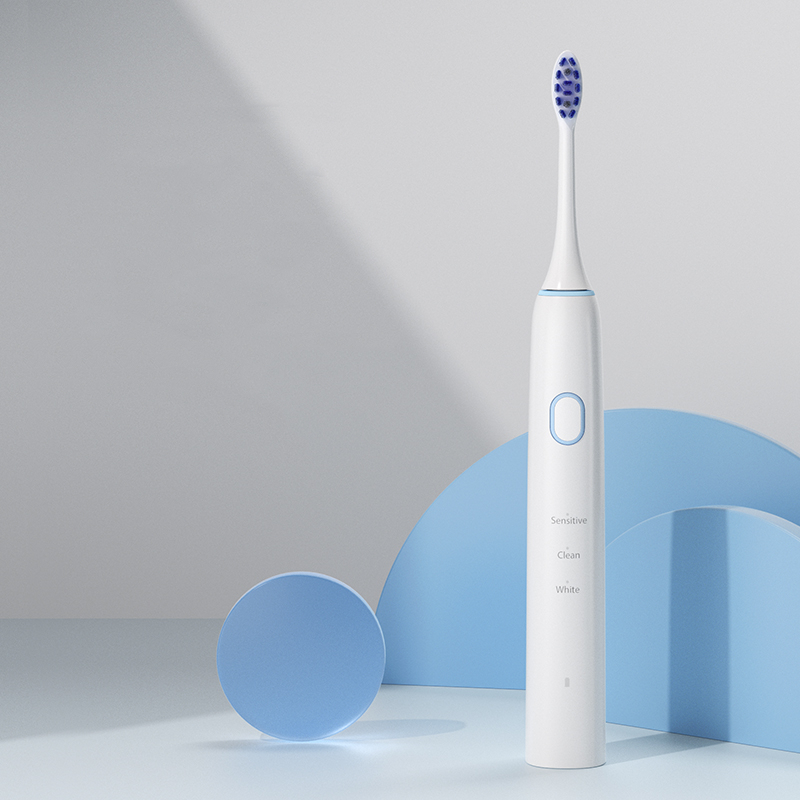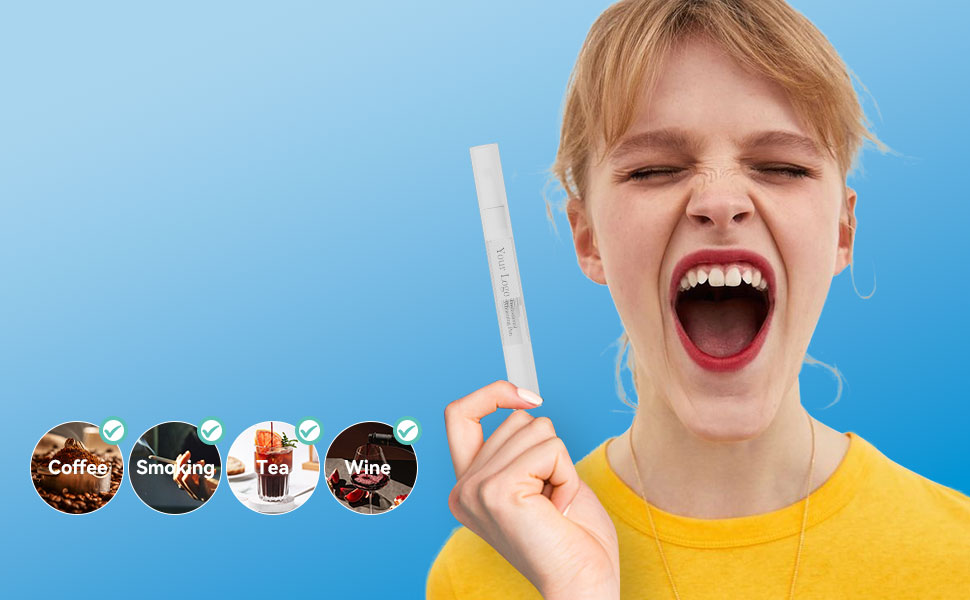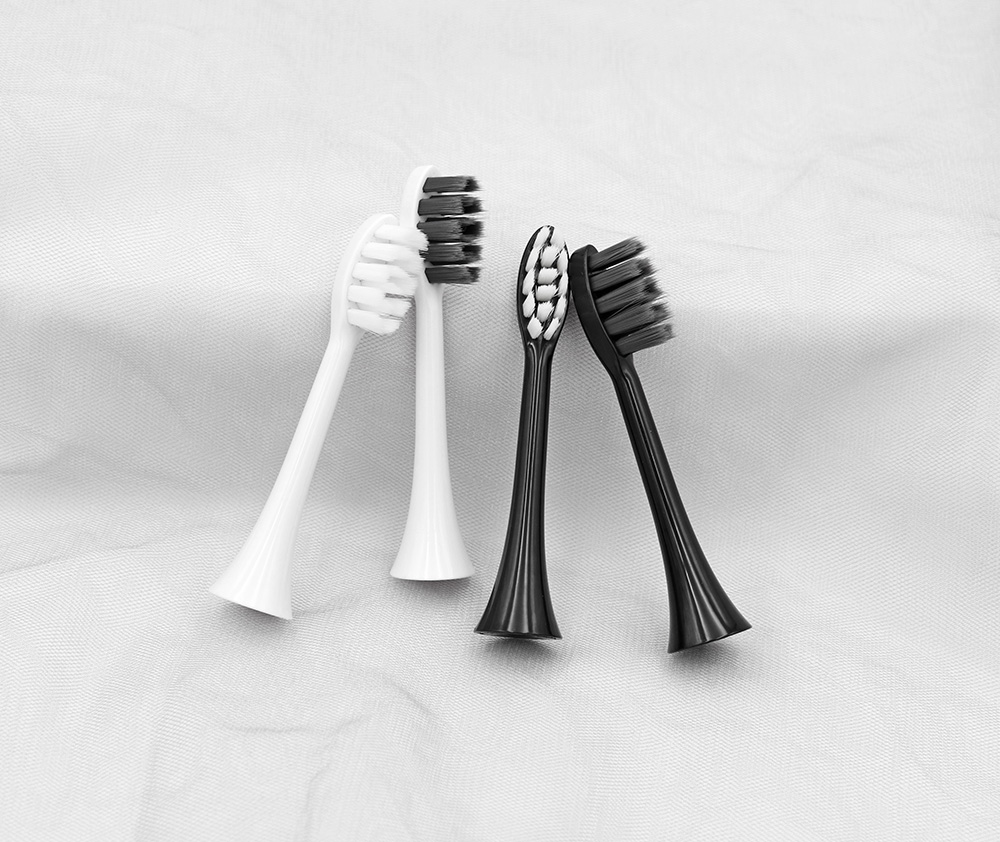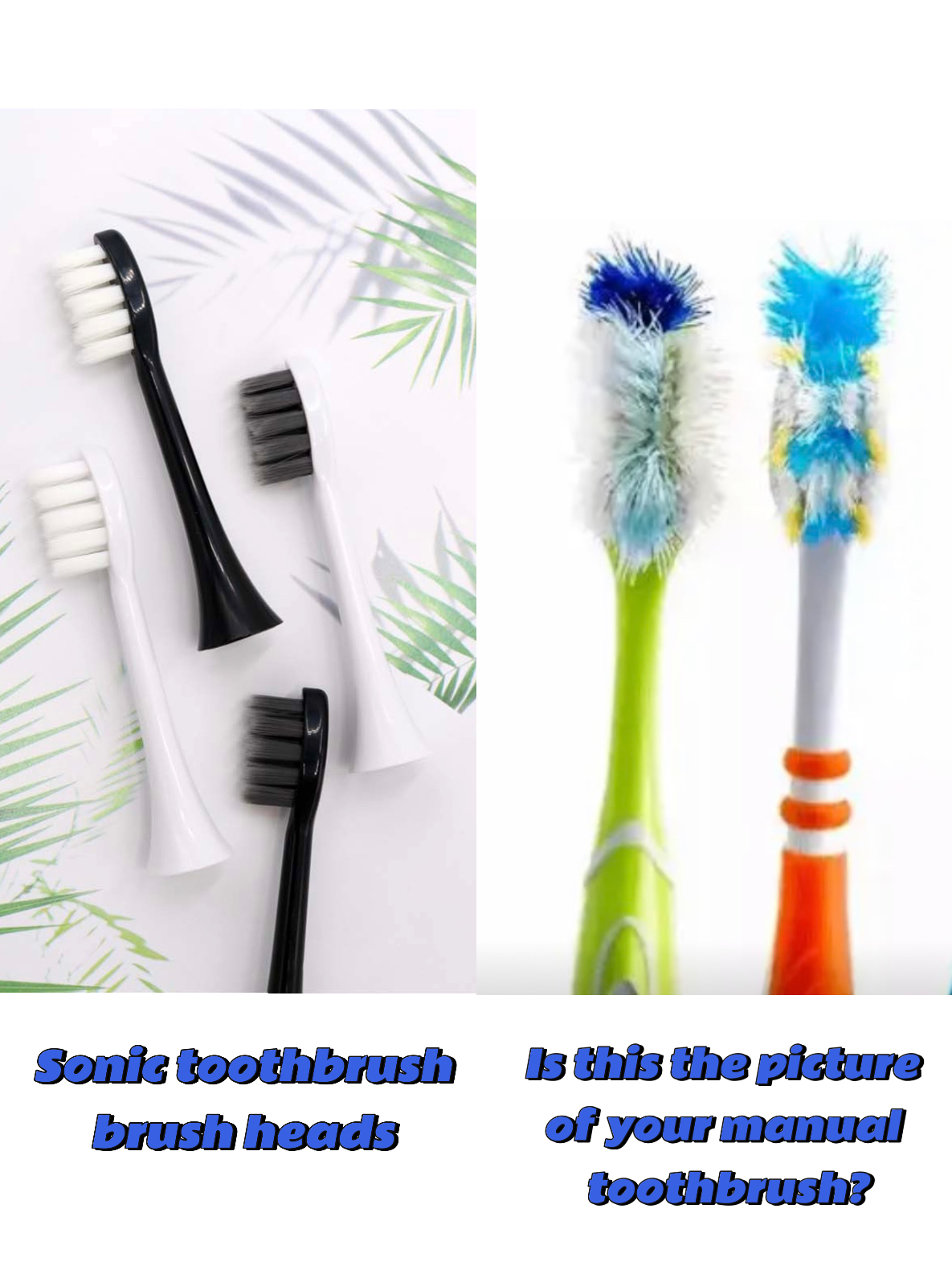In an era where consumers value comfort as much as performance, quiet electric toothbrush designs have become a hot topic in product development. But how do these models truly perform in real-world conditions? The answer lies in a structured noise comparison test, which evaluates decibel levels across various operating modes and competitor products.
Noise is more than a comfort issue—it’s a lifestyle factor. Users brushing late at night in shared apartments or early in the morning near sleeping family members demand discretion. Excessive noise can reduce compliance and satisfaction, making quiet electric toothbrush models essential for brands seeking premium positioning.
A noise comparison test measures sound output in decibels (dB) under controlled conditions:
Not all low-decibel claims are equal. Actual noise depends on:
When subjected to a noise comparison test, leading quiet electric toothbrush designs show:
For distributors, retailers, and OEM partners:
Innovations to watch include:
A quiet electric toothbrush is no longer just a luxury—it’s a consumer expectation. Backed by reliable noise comparison test data, brands can confidently position their products for high-demand markets focused on comfort and technology. Contact us
-300x300.jpg)
-300x300.jpg)

When Should Brush Head Replacement Pair with Sanitize Toothbrush Head Routines?

sonic electric toothbrush San Jose

How Can I Disinfect Electric Toothbrush Head? BPA-Free & Hygienic Options

What’s the Best Brush for Braces cleaning?

Electric Toothbrush for Gum Recession – Soft Bristles & Pressure Control

Can a High Endurance Motor Deliver Long Battery Life for 90 Days?

3-Month Brush Head Replacement Reminder: Why It Matters for brand owners

Can Sonic Brushes Polish Without Damage?
.jpg)
Electric Toothbrush Noise Level Test: Powsmart vs. Philips & Oral-B

Custom Electric Toothbrush Packaging – Retail & Wholesale Options

Is an Under 50dB Brush Quiet Enough as an Apartment Living Toothbrush?

Why Choose Powsmart as Your Electric Toothbrush OEM Partner?

Do V-Shaped Heads Clean Braces Better?

USB-C Rechargeable Brush Dying on Trips? Portable Toothbrush Case Saves Your Smile!

Brushing Blindly? Smart Dental Coach + Pressure Sensor Tech Reveals Hidden Plaque!

See How Powsmart’s Real-Time Brushing Data for Kids Works via Your Phone!

Customization Teeth Whitening Gel

electric toothbrush heads Ultra Soft

electric toothbrush heads Regular Clean

electric toothbrush heads Charcoal Infuse-Round
.jpg)
Florida Electric Toothbrush – Powsmart PTR-C8

Private Label Whitening Gel

Electric toothbrush heads Charcoal Infused-Diamond

electric toothbrush heads Deep Clean
whstapp
whstapp
National Toll-Free Service Hotline
+86 755 86238638